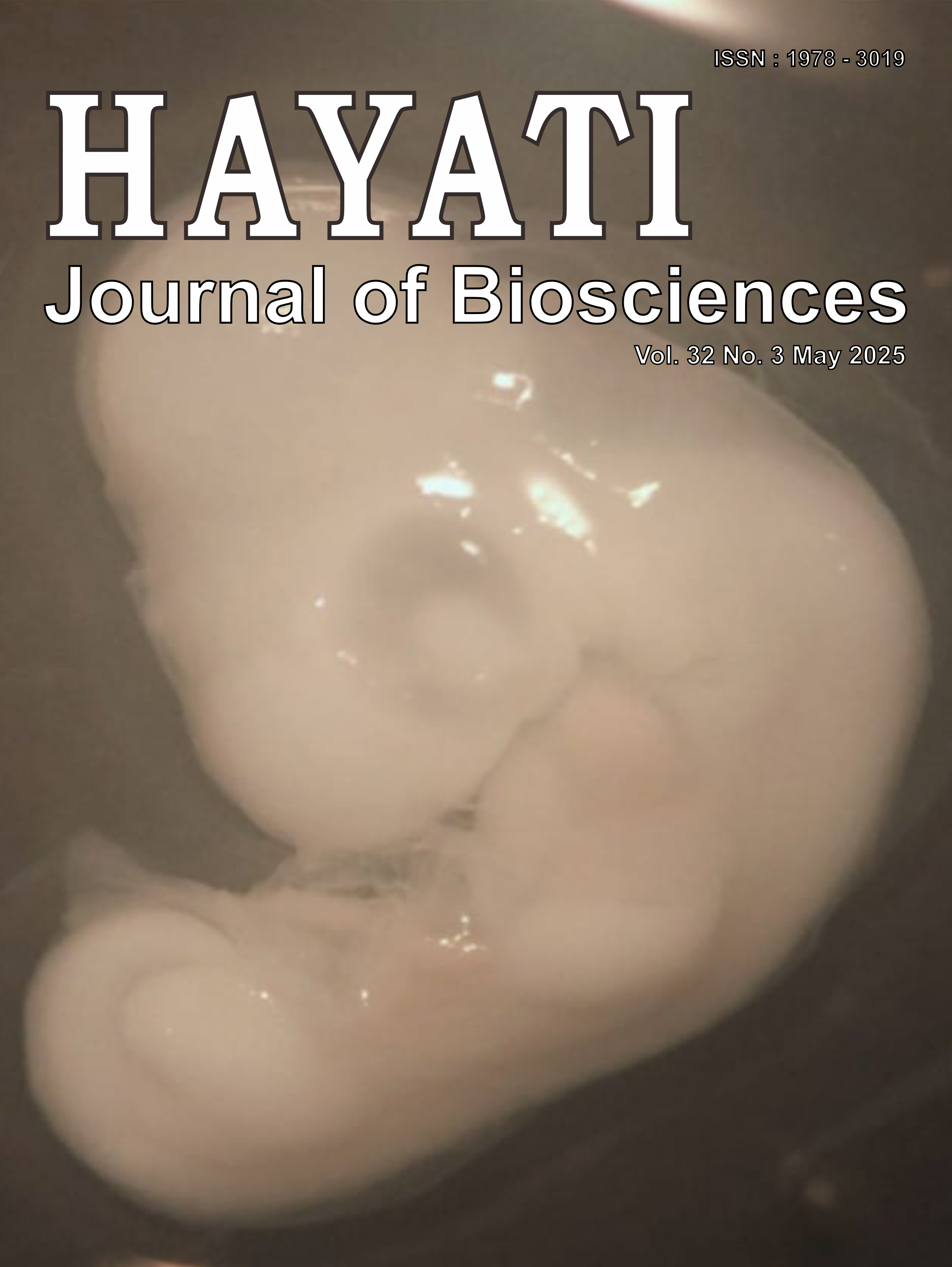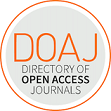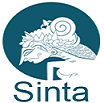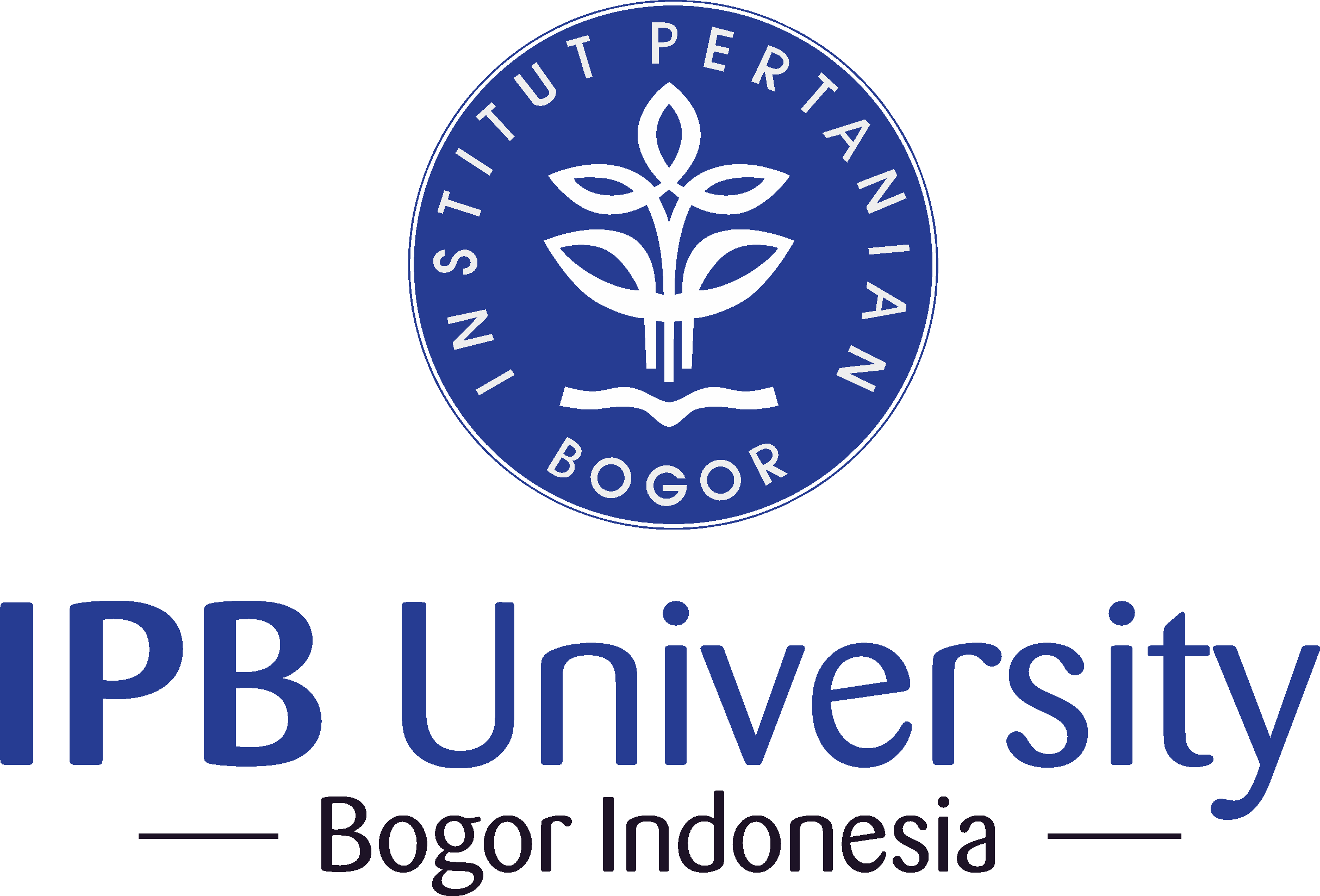Genome-wide Screening of Zinc-Responsive Genes in Arabidopsis thaliana for Enhanced Phytoremediation Potential
Abstract
Zinc contamination presents considerable threats to human health, agricultural practices, and ecological systems. Arabidopsis thaliana has demonstrated potential for use in phytoremediation, which is an environmentally friendly strategy aimed at addressing this type of pollution. This study identified genes associated with phytoremediation in A. thaliana. This identification was achieved through comparative bioinformatics analysis involving 27 plant species. A critical literature review was conducted. This review aimed to collect genes involved in metal uptake and transport across various hyperaccumulator plant species. A database in BLAST format was generated to enable the study of main homologous protein families, including ATP-binding Cassette transporters, acyl-CoA-binding proteins, metallothioneins, and phytochelatin synthases. In silico screening for zinc-binding was performed by means of a web application based on the deep-learning framework called GNINA. The results highlighted the fact that within the phytochelatin synthases-especially PCS1 and PCS2, the protein PCS2 has the highest affinity to zinc. Heavy metal ATPases involved in the vital process of metal transport and homeostasis include HMA1. Zinc transporters responsible for zinc uptake and sequestration include cation exchanger 1CAX1 and IRT2. The information thus provided explains in detail the complex molecular machinery regulating metal detoxification in A. thaliana and provides insights for developing transgenic plants with enhanced phytoremediation capabilities. Future research should target these genes to create plants with improved metal tolerance and accumulation, advancing phytoremediation technologies.
Downloads
Copyright (c) 2025 Mohammed Salih AL-Janaby, Yousry sadoon rasheed, Mohammed Torki Hammood, Mustafa Mohammed Fahad

This work is licensed under a Creative Commons Attribution-NonCommercial 4.0 International License.
HAYATI J Biosci is an open access journal and the article's license is CC-BY-NC. This license lets others distribute, remix, tweak, and build upon author's work, as long as they credit the original creation. Authors retain copyright and grant the journal/publisher non exclusive publishing rights with the work simultaneously licensed under a https://creativecommons.org/

























.png) IPB University
IPB University Department of Biology
Department of Biology The Indonesian Biological Society
The Indonesian Biological Society 

